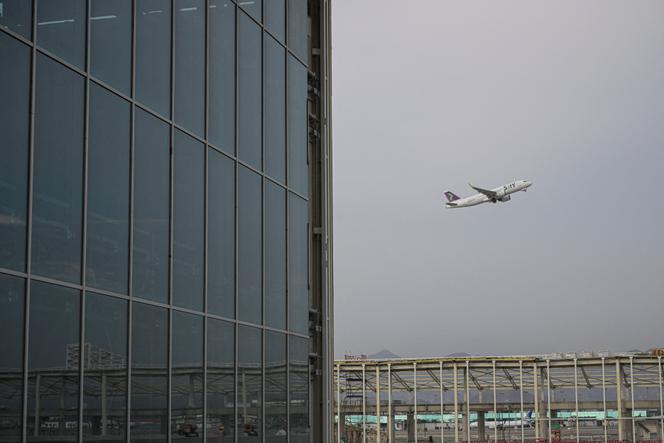

Letter from Cuzco

Kim, a 26-year-old with partially pink hair, energetically chatted with two of her peers in front of the San Antonio Abad National University in Cuzco, one of the oldest in Latin America and among the best public institutions in the country. The student (who preferred not to give her last name), in her final year of a science program, laughed heartily when asked if she would like to continue her studies abroad, as if the answer was obvious. "The professors themselves tell us, 'Go!' In Peru, research is undervalued, and after graduation, there are no specialized fields," said the student, who hopes to study algebraic topology.
Next to her was Sadid Llasa, 22, who hopes to graduate next year and who hails from a mining region several hours from Cuzco. Her parents worked in the Antapaccay mines, where copper is extracted. Free education is a real advantage when major private universities can cost up to 5,000 soles per month (€1,175). Llasa was considering going to Brazil, where "teachers have a good reputation." She just "[needed] to learn Portuguese," she conceded.
You have 80.72% of this article left to read. The rest is for subscribers only.
